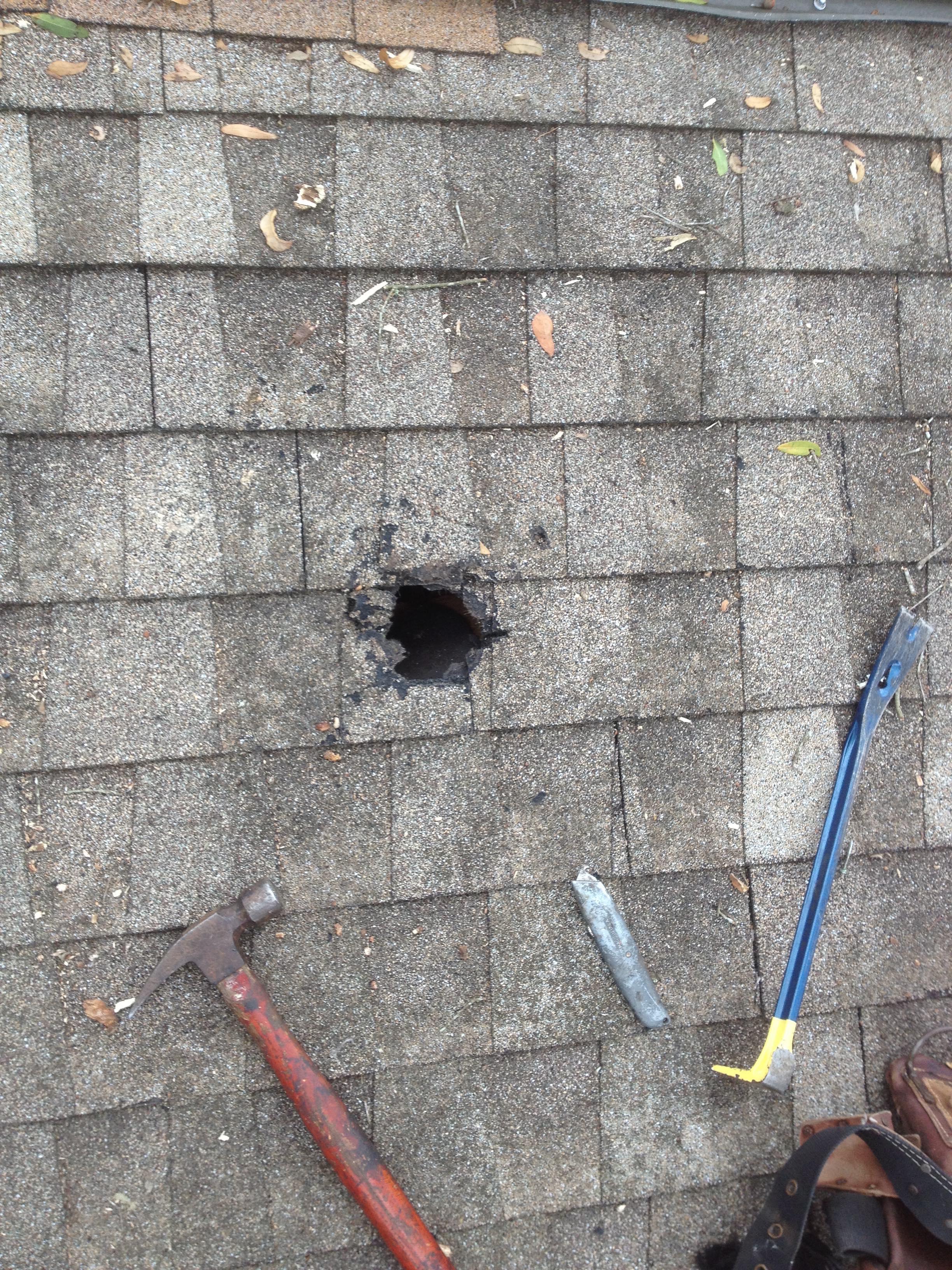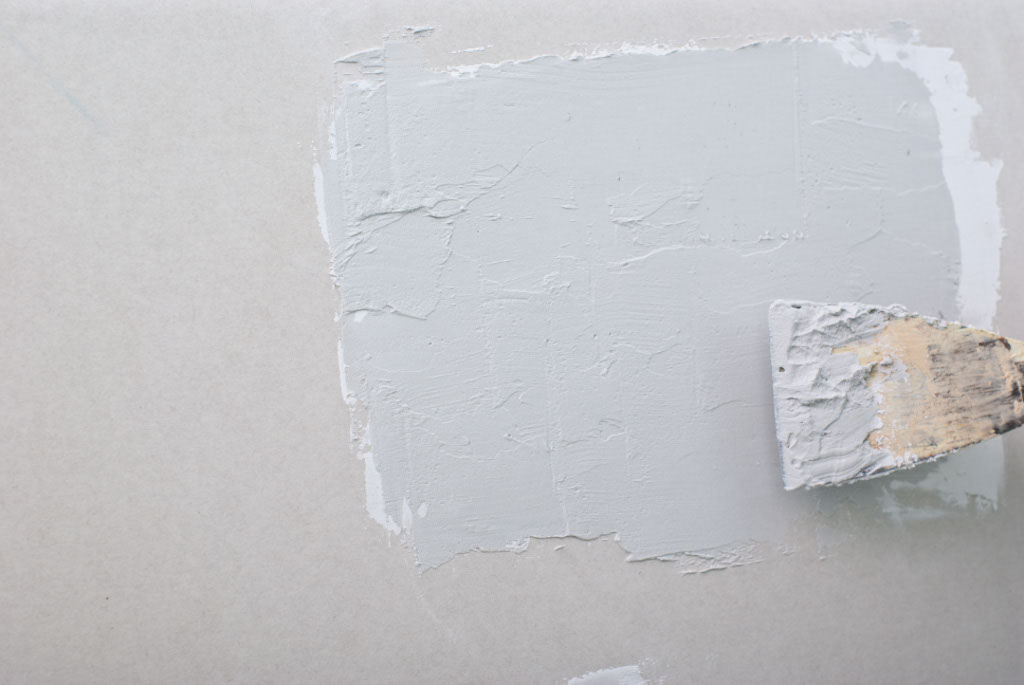Does a small hole in your roof have you feeling overwhelmed? Don’t worry; fixing such a minor issue is easier than you might think. Whether you’re a DIY enthusiast or a beginner, this comprehensive guide will empower you with the knowledge and step-by-step instructions to tackle this roofing repair. So, grab your tools, prepare your roof, and let’s get started!

Image: bcoxroofing.com
Understanding Roof Types and Locating the Hole
Before you begin, it’s essential to identify your roof type, as the repair techniques may vary slightly depending on the material. Common roof types include asphalt shingles, metal panels, and tile. Once you know your roof type, carefully locate the hole. If it’s hard to spot from the ground, try using binoculars or a drone for a clear view. Remember to prioritize safety and avoid climbing on steep or slippery roofs.
Assessing the Damage and Gathering Supplies
Inspect the hole thoroughly to determine its size, shape, and location. Whether it’s just a small puncture or a larger crack, understanding the extent of the damage will help you choose the appropriate repair method. Next, gather the necessary supplies based on your roof type. For asphalt shingles, you’ll need roofing nails, roofing cement, and roofing felt. For metal panels, you’ll need self-tapping screws or rivets. For tile, you’ll need roofing sealant or cement.
Step-by-Step Repair Techniques

Image: howtospecialist.com
Method 1: Using Roofing Cement for Small Punctures
If you’re dealing with a small hole or puncture in asphalt shingles or metal panels, roofing cement is your go-to solution. Clean the area around the hole with a brush or broom to remove debris. Apply a generous amount of roofing cement around the puncture and press down firmly to patch the hole. Allow the cement to dry as per the manufacturer’s instructions, usually 24 hours.
Method 2: Installing a Roofing Patch for Medium-Sized Holes
If the hole is slightly larger, such as a few inches across, you can apply a roofing patch. For asphalt shingles, cut a piece of roofing felt larger than the hole and apply roofing cement underneath. Press it into place and nail the perimeter with roofing nails.
For metal panels, use a self-adhesive roofing patch. Clean the surface, remove the backing of the patch, and apply pressure to seal it. Rivets can provide additional support for metal patches.
Ensure the edges of the patch extend beyond the hole for proper sealing.
Method 3: Replacing Damaged Roof Tiles
If a tile is damaged beyond repair, it needs replacing. Carefully pry off the damaged tile without damaging adjacent tiles. Slide in the replacement tile and ensure it sits flush with the others. Secure it with roofing sealant or cement, depending on the type of tile. Apply the sealant around the edges to prevent leaks.
Safety Considerations and Tips
When working on any roofing project, safety should be your top priority. Wear proper safety gear, including a hard hat, gloves, and safety glasses. Use a ladder with non-slip rungs and never attempt to reach too far. If you’re uncomfortable or uncertain about any step, don’t hesitate to seek professional assistance.
Additional Tips:
- Seal any exposed nails or screws to prevent water infiltration.
- Inspect your roof regularly for early detection of potential problems.
- Consider using caulk or sealant around chimney flashing or vents for added protection.
- Don’t ignore even small holes, as they can gradually worsen, leading to more costly repairs later on.
How To Fix A Small Hole In The Roof
Conclusion
Fixing a small hole in your roof is an achievable task with the right approach. By understanding your roof type, assessing the damage, and following the appropriate repair method, you can effectively seal the leak and safeguard your home. Remember to prioritize safety and don’t hesitate to seek professional assistance if needed. With this comprehensive guide in hand, you’re fully equipped to address roof holes with confidence and ensure the integrity of your roof for years to come.